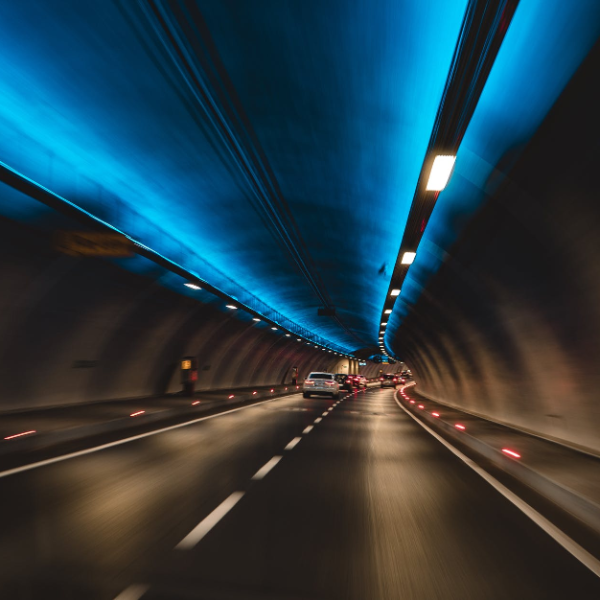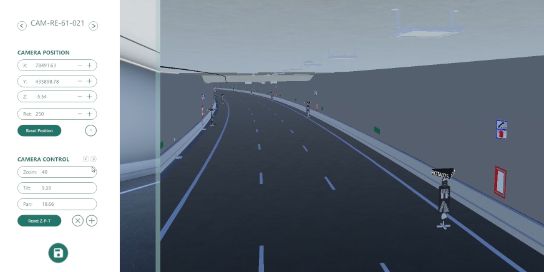Camera Validation Tool

Camera Validation Tool
Traffic cameras on civil engineering structures are of great importance to our safety. They are found at motorways, locks, tunnels, bridges, viaducts and other locations. Installing them as part of a new or modified design is time-consuming and the results are difficult to predict. The Camera Validation Tool makes creating a camera plan faster and means the plan is visible in advance. This visibility helps to avoid surprises during construction.
Tool prevents unnecessary closures
A camera plan is essential for road authorities and contractors, but executing it can be difficult: first marking everything on a map, then closing off the road, and then sending out a truck and dummy camera and, finally, checking whether the positioning is even feasible. Afterwards, it often turns out that the carefully planned camera locations are not ideal.
In the Camera Validation Tool, a 3D model of the structure is displayed with the intended cameras placed in it. This provides a realistic representation. Even tilting and zooming in and out are possible. Clients and contractors are saved a lot of time, as the unnecessary closing of structures and unneeded camera placements no longer occur.
Link to design systems
The Camera Validation Tool forms part of the consultancy services provided by Witteveen+Bos. The basis for the tool is provided by VR-Infra or VR-Gebouwen (VR applications developed by Witteveen+Bos). Click here for more VR applications.
The cameras positions can be stored in ANT, Wittteveen+Bos’s parametric design system. If the position of a camera is adjusted, this is reflected in ANT. A change in ANT is also immediately visible in the Camera Validation Tool.

Benefits of the Camera Validation Tool

Speed
The tool saves clients and contractors a lot of time, as everything can be viewed on a computer.

Cost savings
Unnecessarily closing structures for a long time and unneeded camera placements are a thing of the past. This provides significant cost savings.

Surprises avoided
The camera plan is visible in advance in the tool, so you know beforehand whether it is correct. This avoids surprises during construction.
Want to know more?
Erik is a software developer who is specialised in building 3D applications used for visualisations, simulations and digital twins.



